The origin of 90 + litchi blue washed rose summer coffee _ how to make a cup of 90 + litchi blue rose summer coffee by hand
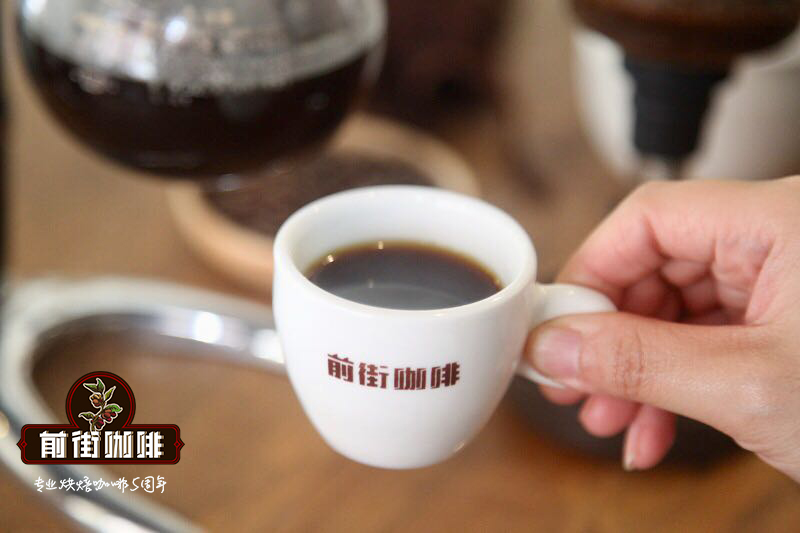
Professional coffee knowledge exchange more coffee bean information please follow the coffee workshop (Wechat official account cafe_style)
Jian Jiacheng, champion of the Taiwan division of the 2012 World barista Competition, visited the Rose Summer Manor of 90 + and tasted the fresh coffee fruit and reminded him of the litchi fruit grown in his backyard, prompting the 90 + team to make the first part of the coffee name with the first two letters "ly" in the English word "lychee". When we were thinking about how to complete the full name, we happened to be listening to the talented cellist Yo-Yo Ma. We were deeply impressed by his unique perspective on music and his superb skill in playing, so we used the cello "chello" as part of the name of coffee. This is the origin of this "ly--cell--o" rose summer coffee. Lychee and Cello shows soft lemon, charming thyme, aftertaste of basil and rose jasmine rose summer flowers.
The lychee blue lycello blue in 2016 firmly retained the ly in the word lychee, because when we first met it, everyone was for its sweet and natural lychee flavor, which is a kind of sweetness and satisfaction that fills the mouth, and is the reason why many people fall in love with him at first sight.
The unique rising brightness of rose summer coffee makes people moved in the background of Cello Blue, while the deep and full melody makes people calm down and savor the leisurely gentleness of rose jasmine left behind by him, the deep sweetness of Earl of Oolong tea, the cold and gorgeous pine cherries lubricated with hazelnut cream, the excellent taste of lychee and sweet grapefruit after cold fragrance, the colder the sweeter it is. Lemon soda and sweet tea create charming champagne flavors.
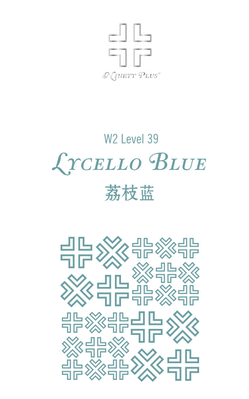
This W2 level39 litchi blue in 90 + may need a simple explanation of the expression and grading of 90 +. Besides the special treatment, conventional treatment: W2=WASH washing treatment; H2=Honey honey treatment; N2=NATURE solarization treatment.
On the basis of the treatment method, "ninety +" is accompanied by grading, that is, the so-called level, which is represented as follows:
❤ Level 7: harvested in a single production area. The rare varieties with fine taste and special flavor are selected by hand and then treated by Ninety Plus's unique method to reach the standard of "90 +".
❤ Level 12: harvested in a single production area. This grade of beans must be a good taste that every coffee maker will never forget, and Hatchilla is a good representative.
❤ Level 21 (L21), Level 39 (L39), most of these are "ninety +" Gesha varieties planted in Panamanian manors. Ethiopian Nekisse Red processed by special Red also belongs to Level 39 (L39).
❤ Level 95 (L95) and Level 195 (195) are beans in the advanced microenvironment of the Panamanian manor, which are processed through a long screening process using patented drying technology. Reach the top taste standard in the design. Most of them will be processed under the personal care of founder Joseph. The annual output may only reach about ten to dozens of kilograms. It's a collection.
This litchi blue, some friends may be a little confused, in 2016, a total of 4 beans have been upgraded and improved, and lychee and cello is one of them, the taste will have a soft lemon sour taste, there is also similar to the sweet and sour taste of litchi, but also similar to the taste of cashew nuts, so lychee blue was only renamed later. And the level level has also been changed from 21 to 39.
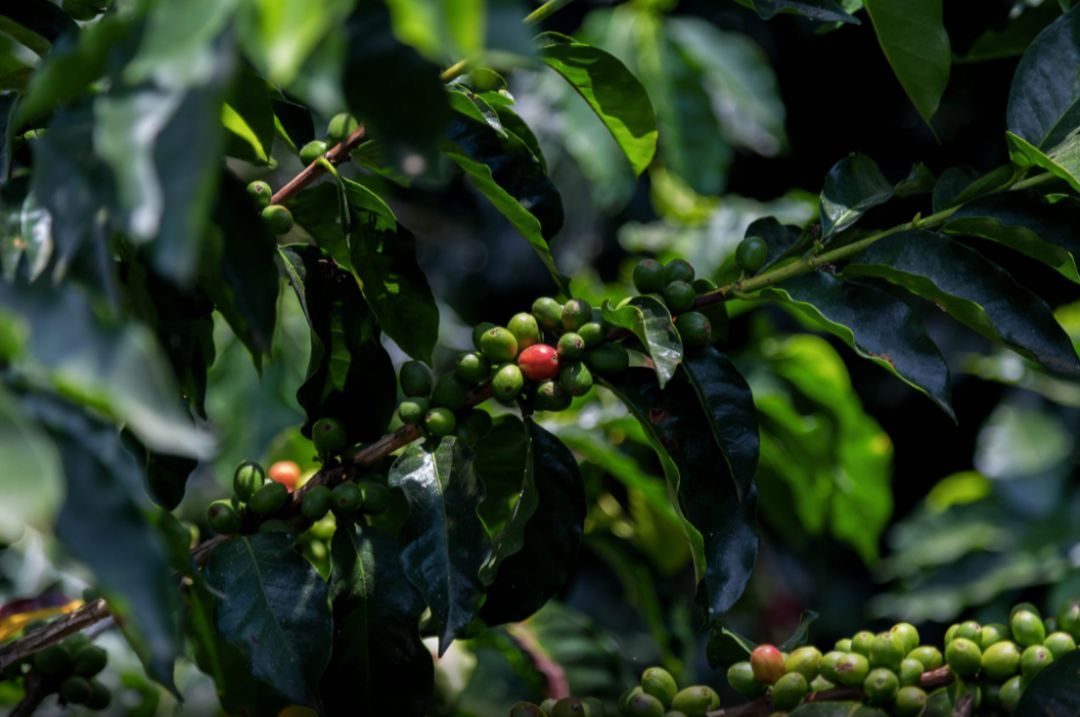
Today, we introduce the common methods of Qianjie coffee hand roses summer coffee: three-stage style.
Three-stage water injection method
To inject a section of water into three stages.
Suitable for light, medium and medium roasted coffee beans
Use filter cup kalita cake cup
Increase the steaming time or water cut-off times to improve the rich taste of the coffee.
Segmented extraction method of three-stage water injection
Advantages: it is richer than the one-knife flow, and can clarify the flavor of the front, middle and back of the coffee. The method is to increase the amount of water injection each time after steaming, usually when the coffee liquid is about to drop to the surface of the powder layer, and use small, medium and large water flow to do three-stage extraction.
Disadvantages: there will be relatively high requirements for the flow rate and flow rate of water.
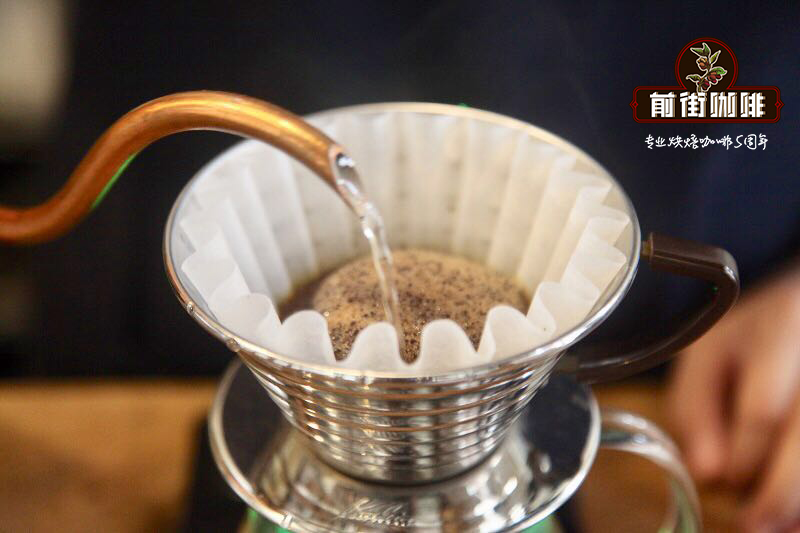
Qianjie [suggestion on hand-brewing parameters of Rosa Coffee]
Cake cup, the use of immersion extraction, so that coffee powder and water contact surface area increased, compared with V60 cooking can improve the texture, drink more sticky feeling
15g powder, water temperature 91-92 degrees, grinding BG 5R (64% pass rate of China marked No. 20 sieve), water powder ratio close to 1:15-16
Technique: 27g water steaming, steaming time for 30s. The hot water in the hand flushing pot draws a circle clockwise with the center of the filter cup in the middle of the filter cup, starts the time when brewing, injects water to 27g, then stops the injection and waits for 30 seconds to inject water for the first time.
When the first water injection is the same as before, the speed can be slowed down slightly, speed up a little when you go around the outer circle, cut off the water at about 1:15 seconds, and then inject water again when the liquid level drops 1 inch 3. The second water injection is concentrated on the central water injection. The water flow should not rush to the place where the coffee powder is connected with the filter paper, so as not to produce channel effect. Finish the extraction at about 2:05 seconds, and the longer the time is, the longer the extraction can be done. The astringent and rough taste will increase.
Segment: 30-125-230g
END
Important Notice :
前街咖啡 FrontStreet Coffee has moved to new addredd:
FrontStreet Coffee Address: 315,Donghua East Road,GuangZhou
Tel:020 38364473
- Prev
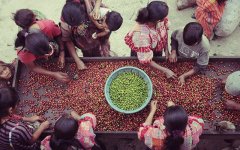
Introduction to the parameters of double impregnation of Rosa Coffee in hand-made Santa Ferrisa Manor
Professional coffee knowledge exchange more coffee bean information please follow the coffee workshop (Wechat official account cafe_style) Manor introduction: century-old Santa Felisa Manor, the west side is the Attilan producing area (Atilan), the eastern side is close to the well-known Antigua producing area (Antigua), there are two volcanoes in the adjacent area, namely, Volcan Acatenango and Fire.
- Next
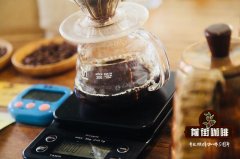
How much water should I use to make white rose summer coffee from Santa Teresa Manor, Costa Rica?
Professional coffee knowledge exchange more coffee bean information please follow coffee workshop (Wechat official account cafe_style) Origin: Costa Rican Coffee Manor: Santa Teresa treatment: washed planting altitude: 1900m Variety: rose Summer Flavor performance: bergamot, sweet orange, apple, grape juice, fruit sugar Geisha (rose summer coffee) originated in Ethiopia
Related
- Detailed explanation of Jadeite planting Land in Panamanian Jadeite Manor introduction to the grading system of Jadeite competitive bidding, Red bid, Green bid and Rose Summer
- Story of Coffee planting in Brenka region of Costa Rica Stonehenge Manor anaerobic heavy honey treatment of flavor mouth
- What's on the barrel of Blue Mountain Coffee beans?
- Can American coffee also pull flowers? How to use hot American style to pull out a good-looking pattern?
- Can you make a cold extract with coffee beans? What is the right proportion for cold-extracted coffee formula?
- Indonesian PWN Gold Mandrine Coffee Origin Features Flavor How to Chong? Mandolin coffee is American.
- A brief introduction to the flavor characteristics of Brazilian yellow bourbon coffee beans
- What is the effect of different water quality on the flavor of cold-extracted coffee? What kind of water is best for brewing coffee?
- Why do you think of Rose Summer whenever you mention Panamanian coffee?
- Introduction to the characteristics of authentic blue mountain coffee bean producing areas? What is the CIB Coffee Authority in Jamaica?

